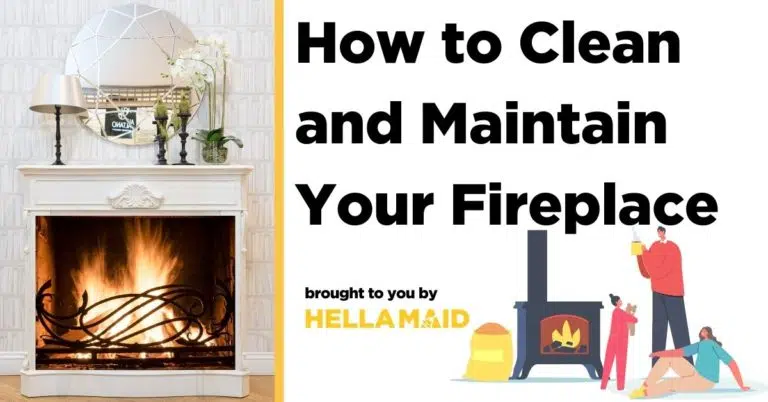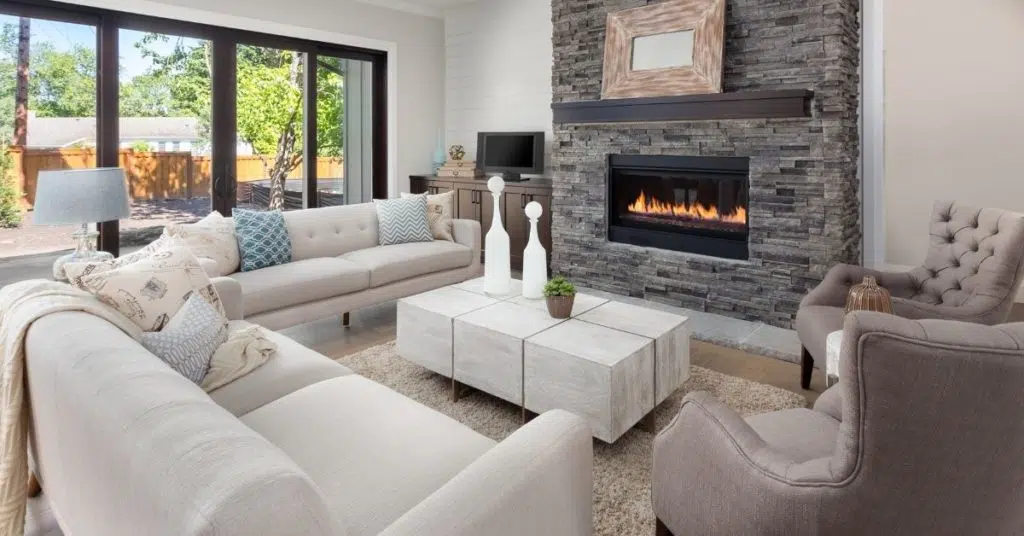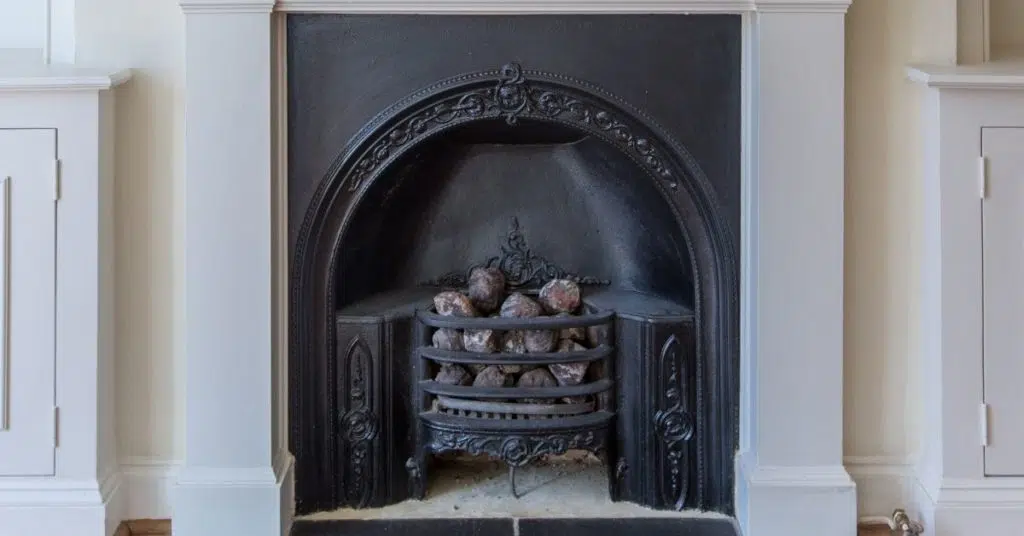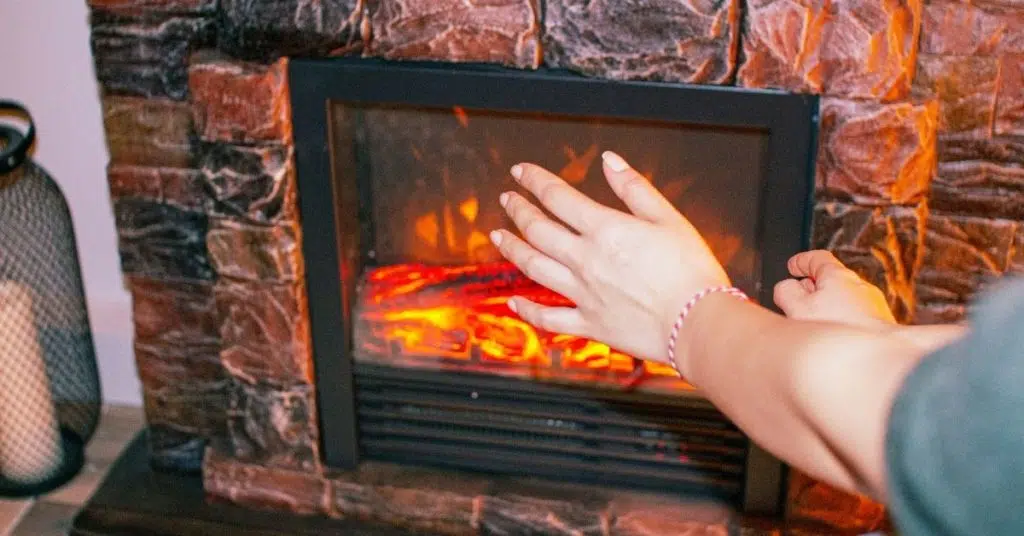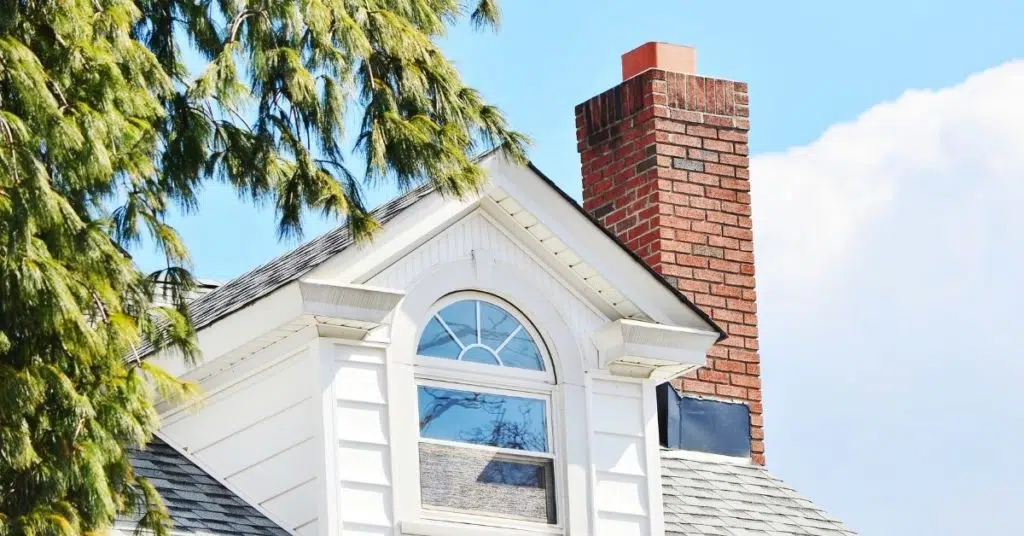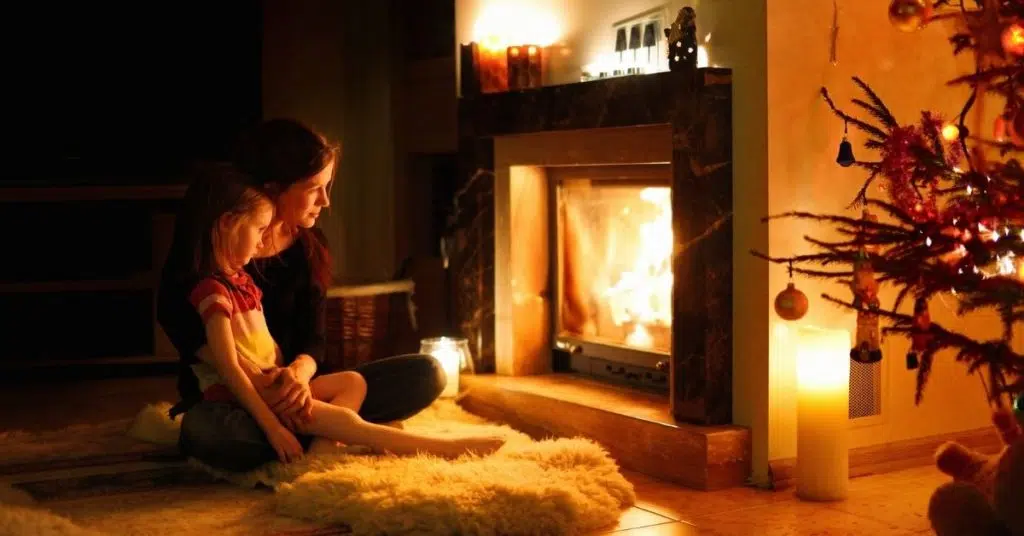A fireplace provides warmth, charm, and elegance to a house. A fireplace, which is often the central feature of a room, requires frequent cleaning for aesthetic and safety reasons. You may minimize dust and particles in the air, eliminate smokey smells, and lower the risk of fire damage by properly cleaning a fireplace.
You must remove the ashes from the last cold season before the spring season ends. Proper cleaning of your firebox in the summer or spring is recommended to set on the first cool autumn evening. Because this work might get dirty, we suggest wearing old clothes along with protective eyewear, gloves, and a facemask.
How to Clean the Firebox
STEP1. Secure the area surrounding the firebox.
Since this job is likely to be dirty, dress in old clothes and take steps to prevent breathing soot and ash. Make sure to wear safety goggles, a facemask, and gloves. Dropcloths or plastic sheeting should cover the surrounding furniture and surface.
STEP2. Clean up any ash or trash.
Remove any left burned wood pieces. Take the grate and andirons from and set them aside. Scoop ashes and particles into a small, covered garbage can or pail with a fireplace shovel. Otherwise, brush ash off the fireplace’s walls and floor into a dustpan and dispose of it with a handled broom. Using a shop vacuum or the hose attachment on your regular vacuum, remove any leftover dust from the walls and floor.
STEP3. Thoroughly clean the fireplace and surrounding area.
Deep-clean your fireplace with a mixture of 1 cup bleach, 6tbsp. trisodium phosphate (TSP), and 1 gallon of warm water. Wear hand gloves when pouring the solution into a large bucket. Inundate the walls and floor of the firebox and any stained sections of the hearth or surrounding with some cleaning mixtures in a spray bottle. Allow to rest for five minutes, then scrub the floors and walls of your fireplace with a stiff-bristled brush dipped in the unused solution. Allow it to dry after rinsing with clean water.
How to Clean Fireplace Tools
STEP1. Remove the andirons, grate, and other fireplace tools.
To clean the fireplace tools, remove them from the firebox and bring them outdoors. To remove the soot, wipe them off with an old towel, then clean them with a wire brush. The tools will now be completely clean. Avoid using water. Rusting and corrosion will ultimately require their replacement due to moisture. Wetting a cloth or towel to spot and clean a problem area is the only time you should utilize water. Don’t ever spray water straight on the surface of the tools, especially the andiron.
STEP2. Polish using vegetable oil.
Remove filth and restore the brilliance of your fireplace tools with a ball of steel wool bathed in vegetable oil. Rub the vegetable oil thoroughly into each grill prong by pressing the steel wool alternatingly.
If the tools are composed of brass, use brass polish instead of vegetable oil to clean them. Apply the brass polish with a chamois or flannel cloth.
STEP3. Inspect the Flue.
Before putting the tools back into the fireplace, remove the ashes first from the firebox and inspect the flue for good operation.
Once you’ve finished cleaning and polishing the tools, put them back properly. This procedure should be performed multiple times a year, at least once every quarter, or even more often if the fireplace is used regularly. Maintaining the andirons, grate, and other tools clean and clear of ash and dust helps improve the efficiency of your fireplace. It will also remove the risk of harmful creosote buildup, a leading cause of fireplace and house fires.
Inspect the andirons as well to see if they need to be changed. Because the andirons are built of solid and lasting materials, they should not need to be replaced unless there is a factory or manufacturer’s problem.
How to Clean Fireplace Doors
STEP1. When cleaning the fireplace glass door, first wash off the door’s rubber gasket and check it for cracks. You can replace the gasket if it’s broken or old.
STEP2. Combine a cup of distilled white vinegar, one spoonful of household ammonia, and 3 cups of water in a spray container. Make sure the area is well-ventilated while cleaning with ammonia.
STEP3. After spraying the solution on the glass, give it approximately 30 seconds, and clean it away with a towel or squeegee. Using a lint-free microfiber towel, buff dry.
STEP4. If the soot is very thick, spray the glass using the vinegar-ammonia solution and then wipe it clean with a sponge dipped in dry baking soda. Scrub the glass using the sponge in a small section. To break off the soot, use baking soda as a mild abrasive. Wipe away the loose soot with an old rag and polish the glass with a microfiber towel.
How to Clean the Chimney
If you wish to clean your chimney yourself, use your best judgment. Working on the roof is very hazardous, therefore, take all necessary precautions to safeguard your safety. A decent chimney sweep is relatively inexpensive to hire, and they come equipped with all of the tools required. Regardless, knowing what chimney cleaning comprises can help you guarantee that the service done on your house is handled correctly.
If you decide to hire someone to do it for you, look for a professional chimney sweep when arranging cleaning and inspection, someone who has passed a test on the norms and codes and understands how chimneys should be designed. In the event of an accident, he should have insurance and workers’ compensation.
But, if you want to clean your chimney manually, have the necessary brushes first. Large brushes with solid wire and plastic bristles are used to clean chimneys. This brush’s handle is threaded, allowing you to connect a series of flexible fiberglass rods that enable the brush to clean the whole length of the chimney.
Shut the glass doors and drape dropcloths over the fireplace area inside the home. Prepare the heavy-duty shop vacuum to collect any debris that the cleaning has loosened. Begin by brushing the whole area of the chimney within reach, starting at the chimney entrance. Then, to reach deeper, add the length of the rod and continue cleaning.
Finish cleaning the firebox with the shop vacuum, do not forget to vacuum the damper region and smoke shelf.
How to Remove the Buildup of Creosote
Water vapor, smoke, and gases are produced when the wood is burned. Ideally, they should be cleaned up the fireplace and then out of the chimney. As the warm vapors make it to the top of your chimney, they contact the colder outside air and condense, generating creosote. The black or brown deposit might be challenging and glassy, adhesive, or maybe even dry and flaky, and adheres to the inside regions of the flue liner.
A flue can catch fire if enough creosote accumulates. Even though new flue liners should be designed to withstand temperatures of 1,700 degrees, a flue fire could hit 2,500 degrees. The surrounding wood frame components and insulation of a home might burn if a flue fails in a fire. Furthermore, flue fires may be sneaky. A tiny hot patch might smoulder for hours after properly extinguishing the fire inside the firebox. A fire hiding in the chimney can grow and spread undetected throughout the flue.
When cleaning a fireplace and eliminating soot and other debris, ensure every creosote is removed. Because chimney sweeps encounter so many fireplaces and flues, their eyes are trained better to distinguish between creosote accumulation and simple soot. Although getting your chimney cleaned by professionals is frequently the best way to eliminate creosote, you may also use a creosote sweeping log or another form of creosote remover to remove some of the buildups yourself by following the manufacturer’s directions.
Fireplace Maintenance
Install Smoke and Carbon Monoxide Alarms
While a fireplace may be a pleasant source of warmth within the home, it can also pose health risks. A correctly placed fireplace should typically not cause any issues. You risk carbon monoxide poisoning when you have a congested chimney or vent system. Carbon monoxide is considerably more deadly since it is an odourless and colourless gas that is difficult to detect.
Another health risk related to owning a fireplace is smoke. The chimney usually expels smoke. However, smoke will enter your home if too much dirt or foreign elements build up in the chimney system. You must install a carbon monoxide as well as a smoke alarm to guarantee that the fireplace is operating correctly and that your family is safe.
Utilize the Right Wood
Some homeowners believe that all forests are the same, but they are not, as far as the fireplace is concerned. As a basic rule, stick to seasoned hardwoods, including oaks, maple, or birch, and avoid softwoods such as cedar and pine. Use appropriately dried seasoned woods to a less than 20% moisture content. In general, you should cure wood for 6-12 months until used in the fireplace. Split logs into little pieces of wood to speed up the drying process.
Although hardwoods are more expensive, they provide more heat, burn for longer, and produce less creosote than softwoods. Using hardwoods instead of softwood for the fireplace will save you money in the long term.
Run Test Your Fireplace Before You Use It
Before you use the fireplace:
- Make sure it works properly.
- Ignite a couple of pieces of wood and see if any smoke escapes from the chimney.
- If it gets inside the room, diagnose and fix the problem before filling up on wood.
Any blockage in the chimney duct, excessively creosote or soot accumulation, a closed damper, and wet wood are all common causes.
Know the Safety Precautions
Having a fireplace comes with the duty of ensuring everyone’s safety. Here are some suggestions for keeping safety at the front of the fireplace upkeep.
- Keep flammable rugs and furnishings as far distant as possible from the hearth. If you must place a blanket at the front of the fireplace, be sure it is nonflammable.
- When cleaning a wood-burning fireplace, be sure to use the right tools.
- A fire should never be left unattended. Always put out the fire before going to bed or leaving the house.
Install a Heat-resistant Glass Door and a Blower
A glass door and blower are essential for making a wood-burning fireplace safe, more effective, and easier to maintain. The glass door helps restrict your inquisitive pet or youngster from coming very close to the fire and sparks or embers from spilling out of the hearth across the room.
Heat-resistant glass is also easier to keep clean. You have to take a damp paper towel and immerse it over the ashes before wiping the soot away from the glass. Scrape the buildup off the glass with mild sandpaper if it’s stubborn.
Furthermore, installing a fan and blower will assist in distributing the heat over a larger area, increasing the fireplace’s efficiency.

